I have always considered flamenco to be a fascinating dance form with complex roots. Some state that its roots are in southern Spain, and others point to gypsies who originated in India. Spain has not been rapid to embrace flamenco, which rapidly became identified with the country, and yet to many in Spain was considered vulgar or pornographic. In any case, I have long wished to be able to visit a flamenco center and do some dance photography around that theme,. We did not get the kind of backstage VIP opportunity I might have hoped for, but even in the traditional tapas and flamenco show, photography was permitted, and I have a few images to share.

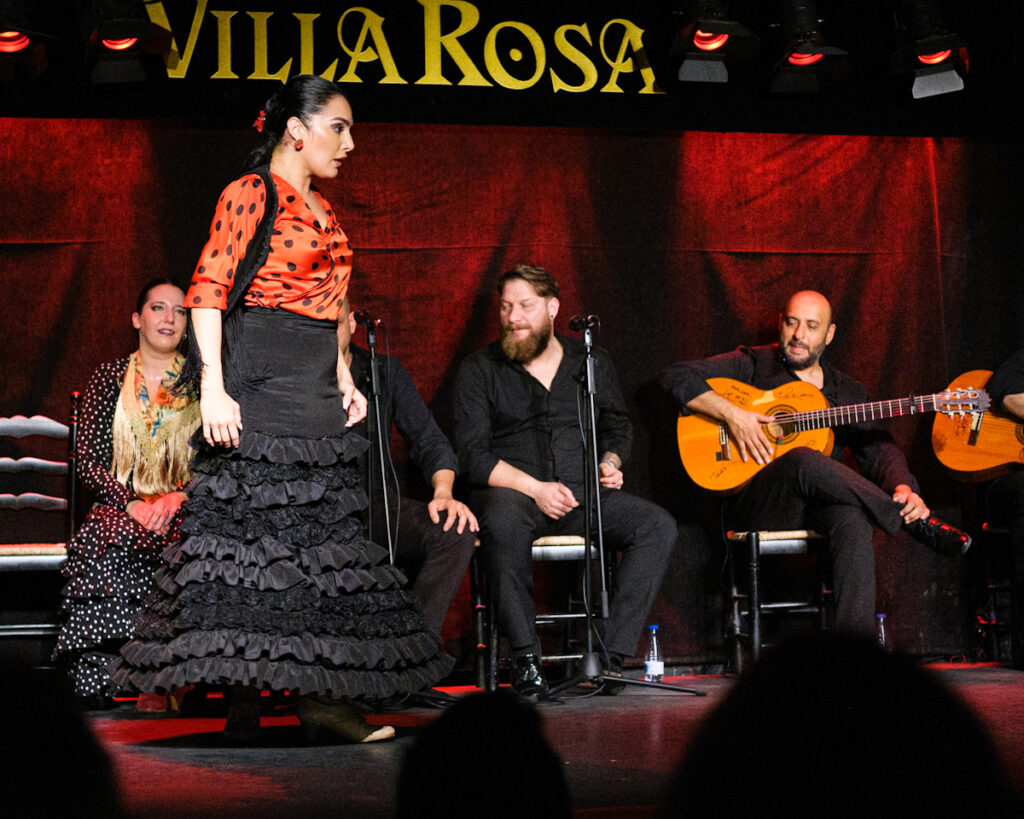

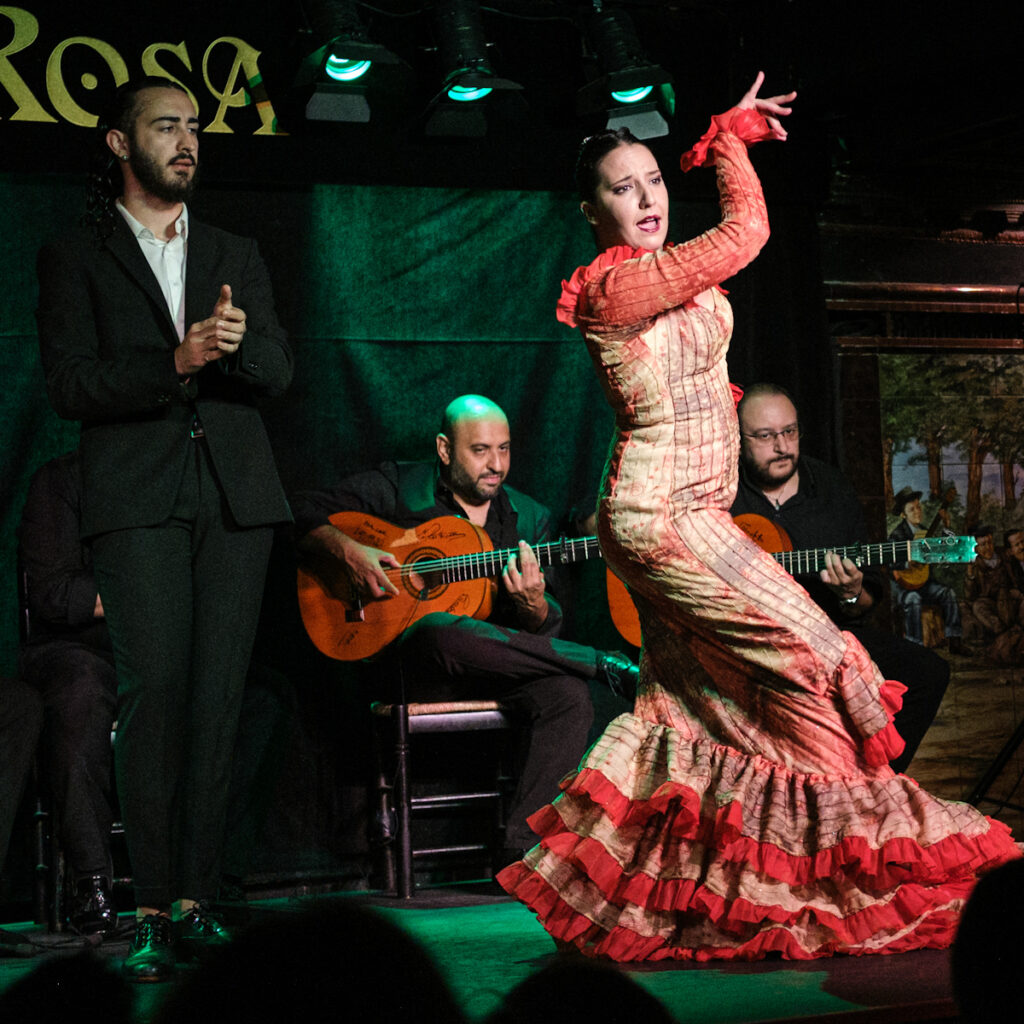
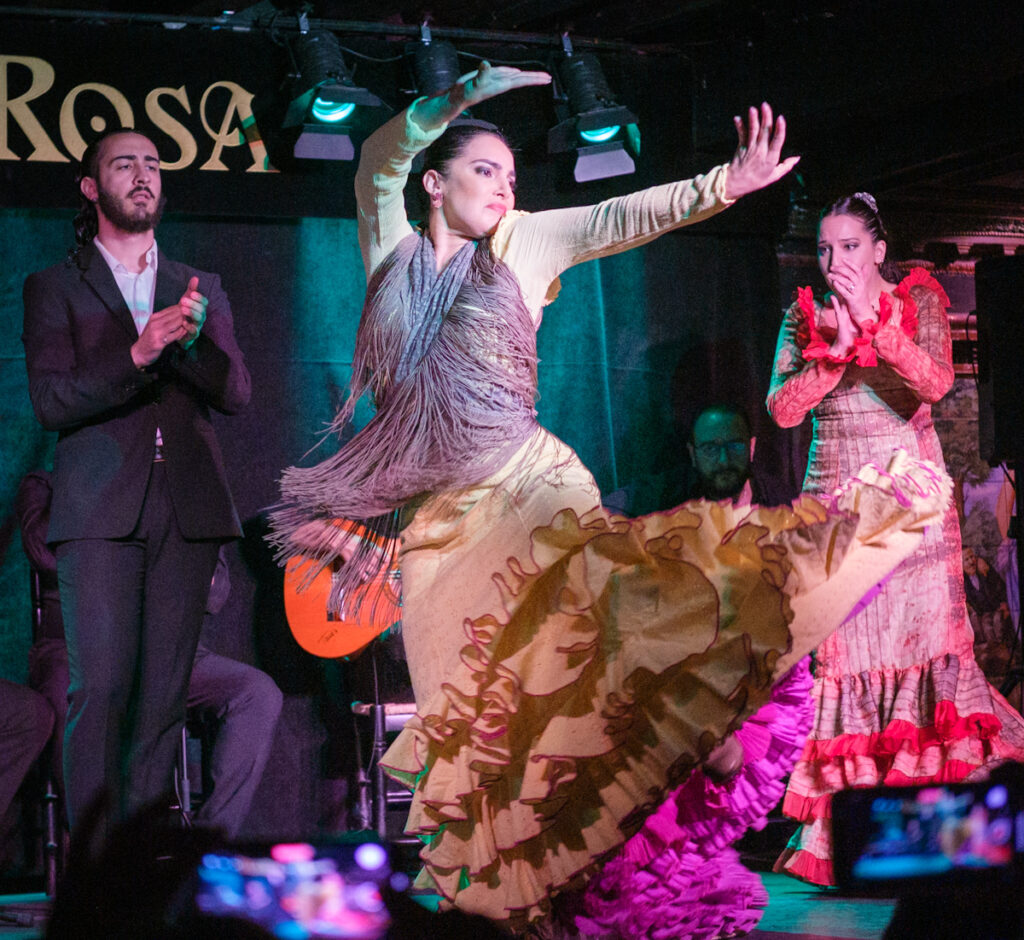
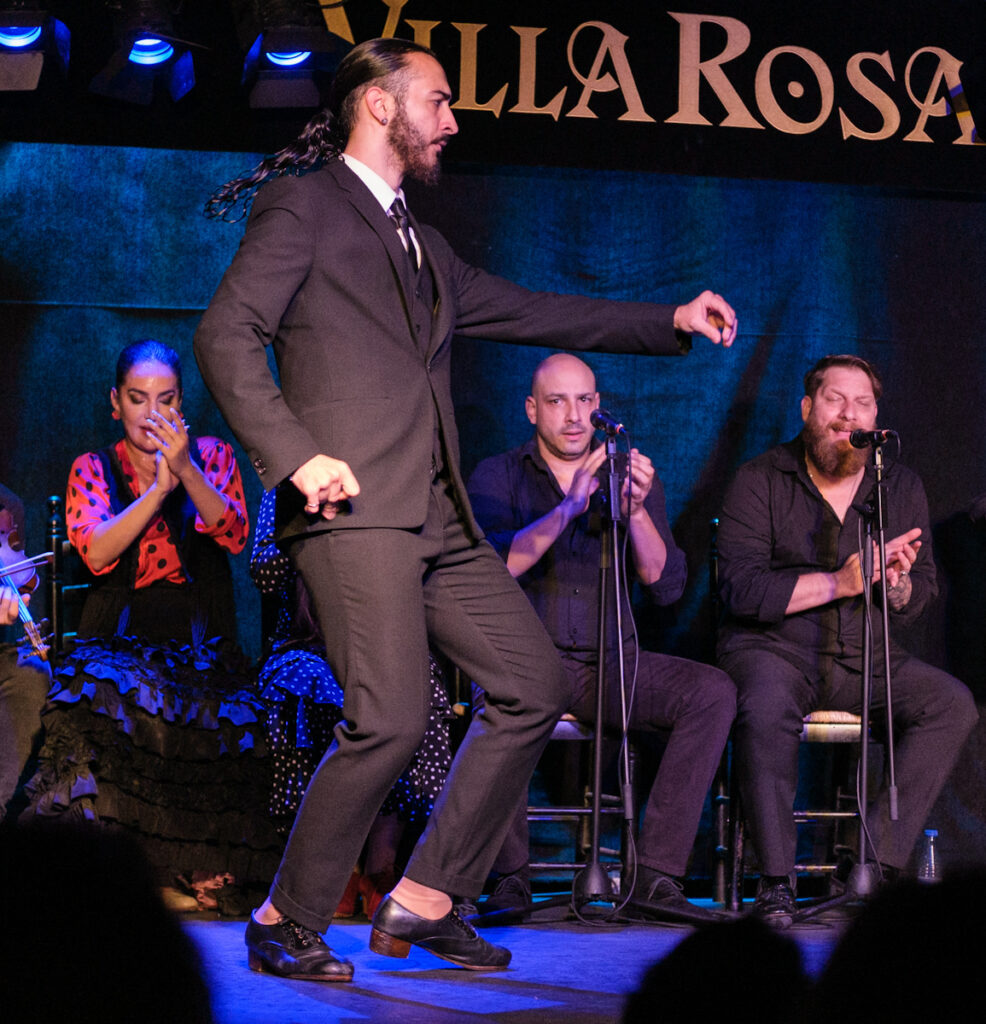
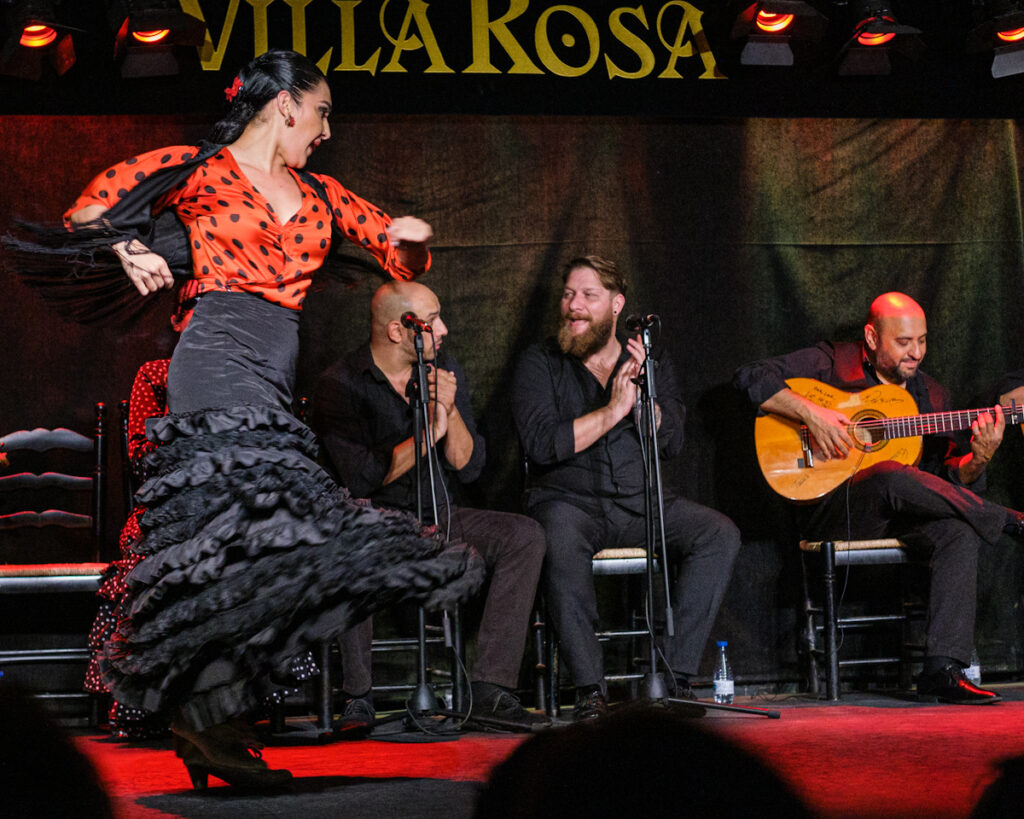
It was Francisco Franco who finally gave in and allowed what he considered to be a stereotype to be promoted for Spanish tourism. Nowadays there is a strong artistic community supporting serious study and promotion of the flamenco art form.
